In online sales, the first thing that grabs attention is the photo. Before reading a single product detail, people judge by the image. In that sense, a photo becomes your silent salesperson. But there’s a key decision many brands struggle with:
Should I shoot my product on a white background or a conceptual one?
Let’s break it down based on what works best for marketplaces like Trendyol, Amazon, Umico, and also for social media branding.



When is a White Background the Right Choice?
White backgrounds are clean, minimal, and product-focused. Most importantly, they’re a requirement on nearly all e-commerce platforms.
Platforms that prefer or require white backgrounds:
- Trendyol
- Amazon
- Umico
- AliExpress
A clean white background ensures faster product approval, consistency across listings, and a professional appearance.
Pros of white background:
- Clean and distraction-free
- Easily accepted by marketplaces
- Easy to retouch or remove background
- Works well in catalogs and product grids
But: Poor lighting or a grayish “white” tone can make the product look cheap. So lighting and exposure must be carefully handled.
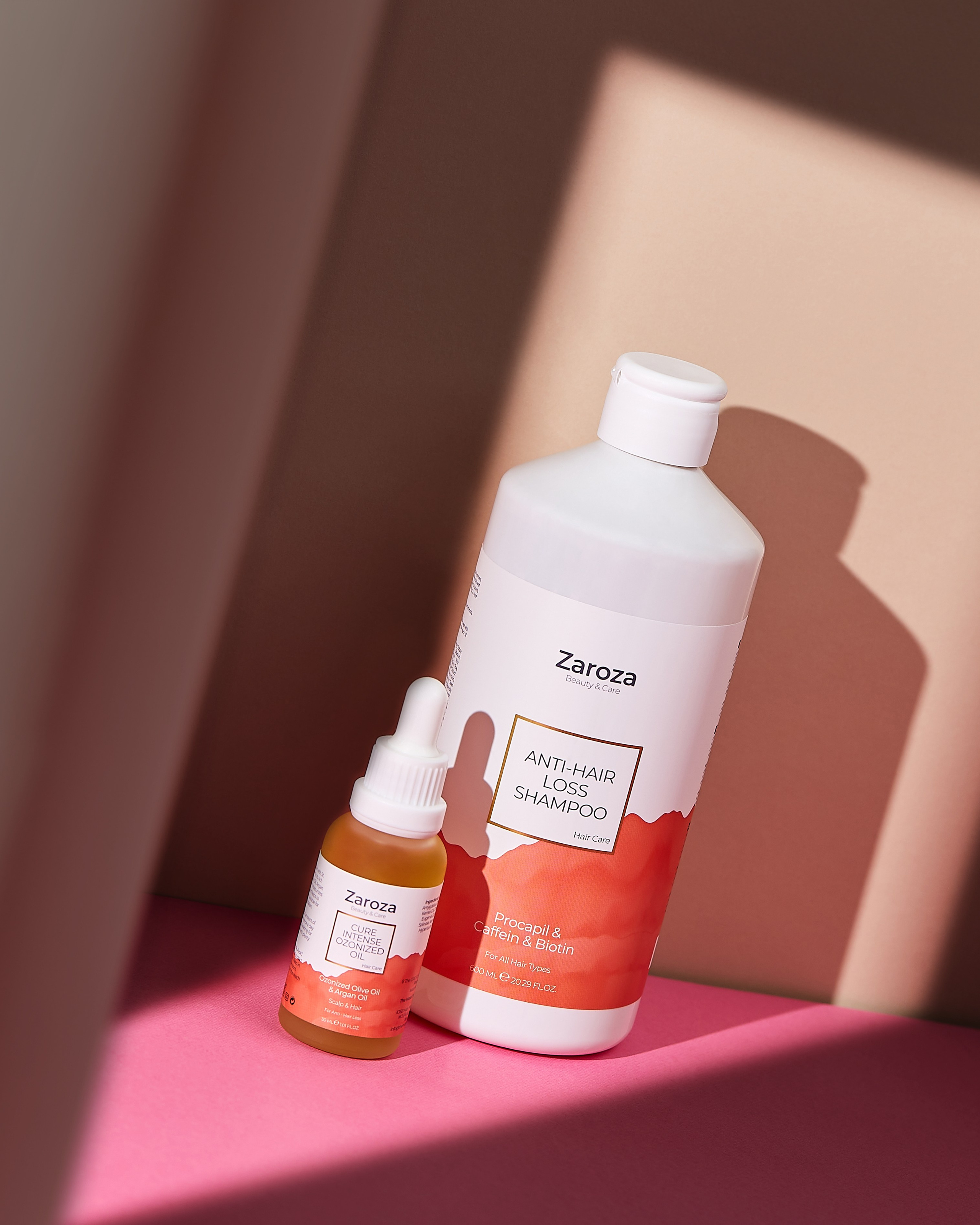
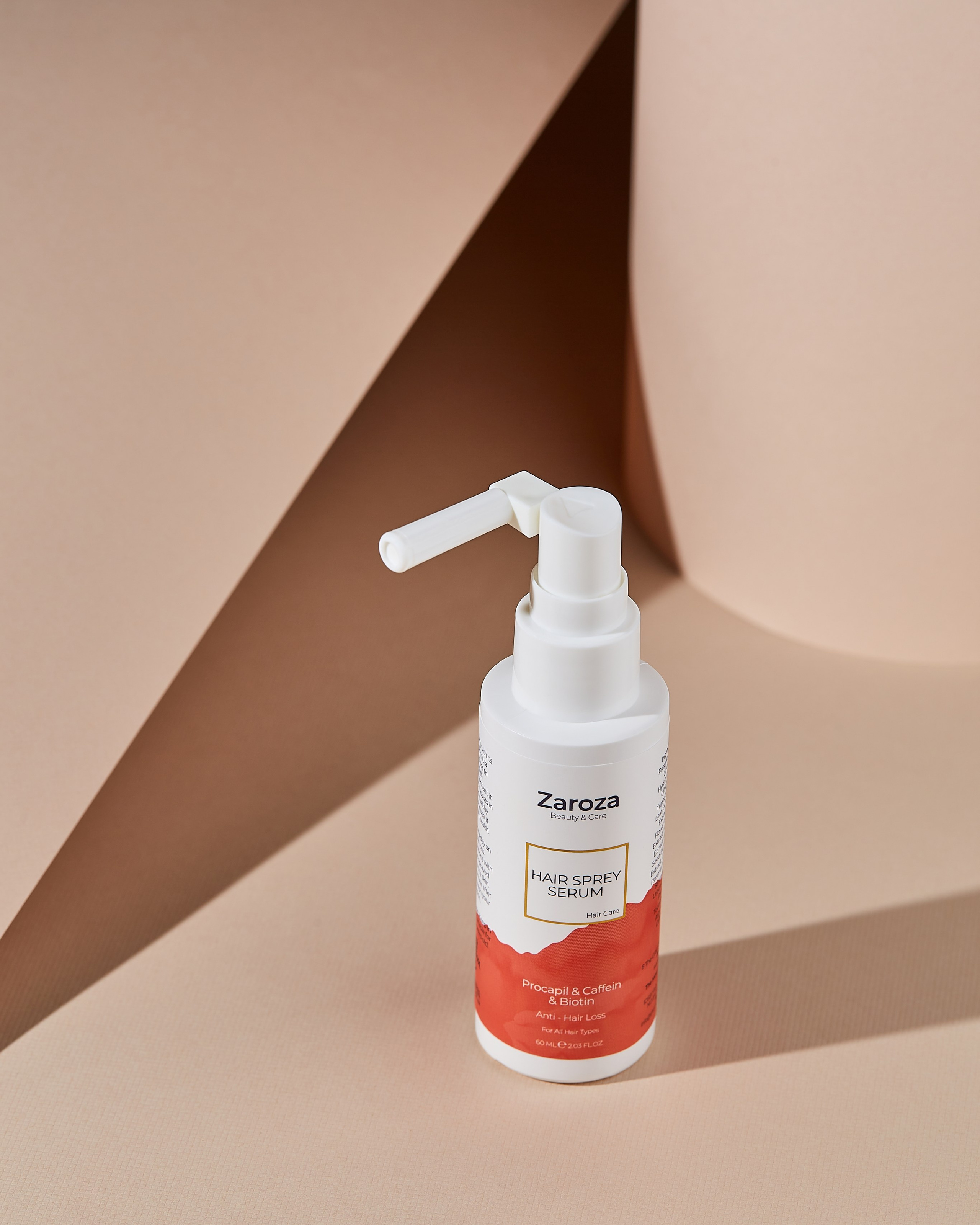

When to Use a Conceptual Background?
If your goal is more than just selling — if you want to tell a brand story — a conceptual background is your best tool. It helps customers visualize your product in real life and feel a connection.
Conceptual backgrounds are ideal for:
- Instagram & Facebook posts
- Ad campaigns and brand visuals
- Landing pages or banners
- Lifestyle and artisanal products (perfumes, handmade items, accessories)
Pros of conceptual backgrounds:
- Creates emotion and storytelling
- Builds brand identity
- Stands out from competitors
- Turns your product into an experience
Example: Selling a thermal mug for winter? Don’t just shoot it on white — show it with a warm-toned setup: soft blanket, book, steam rising from hot tea.
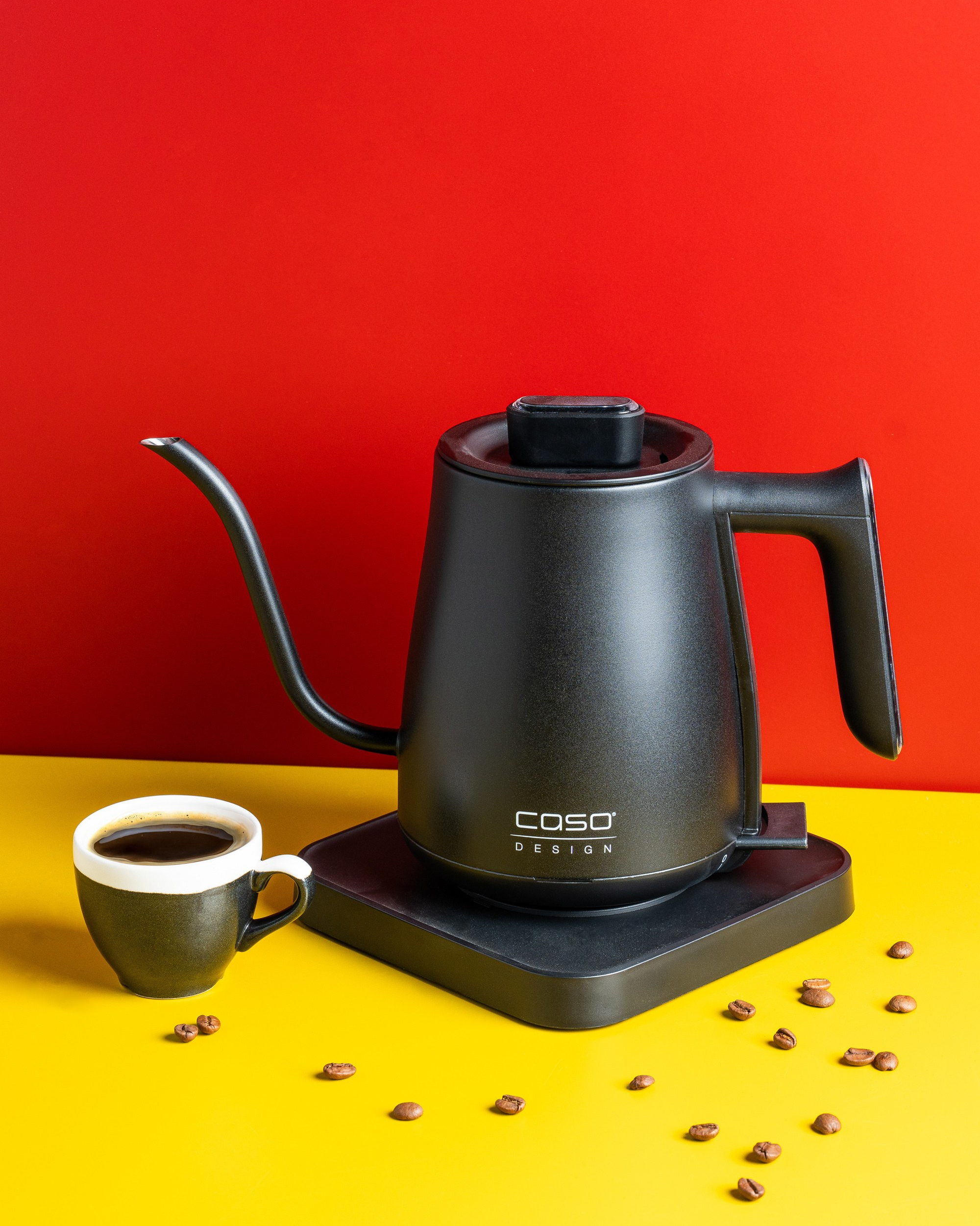
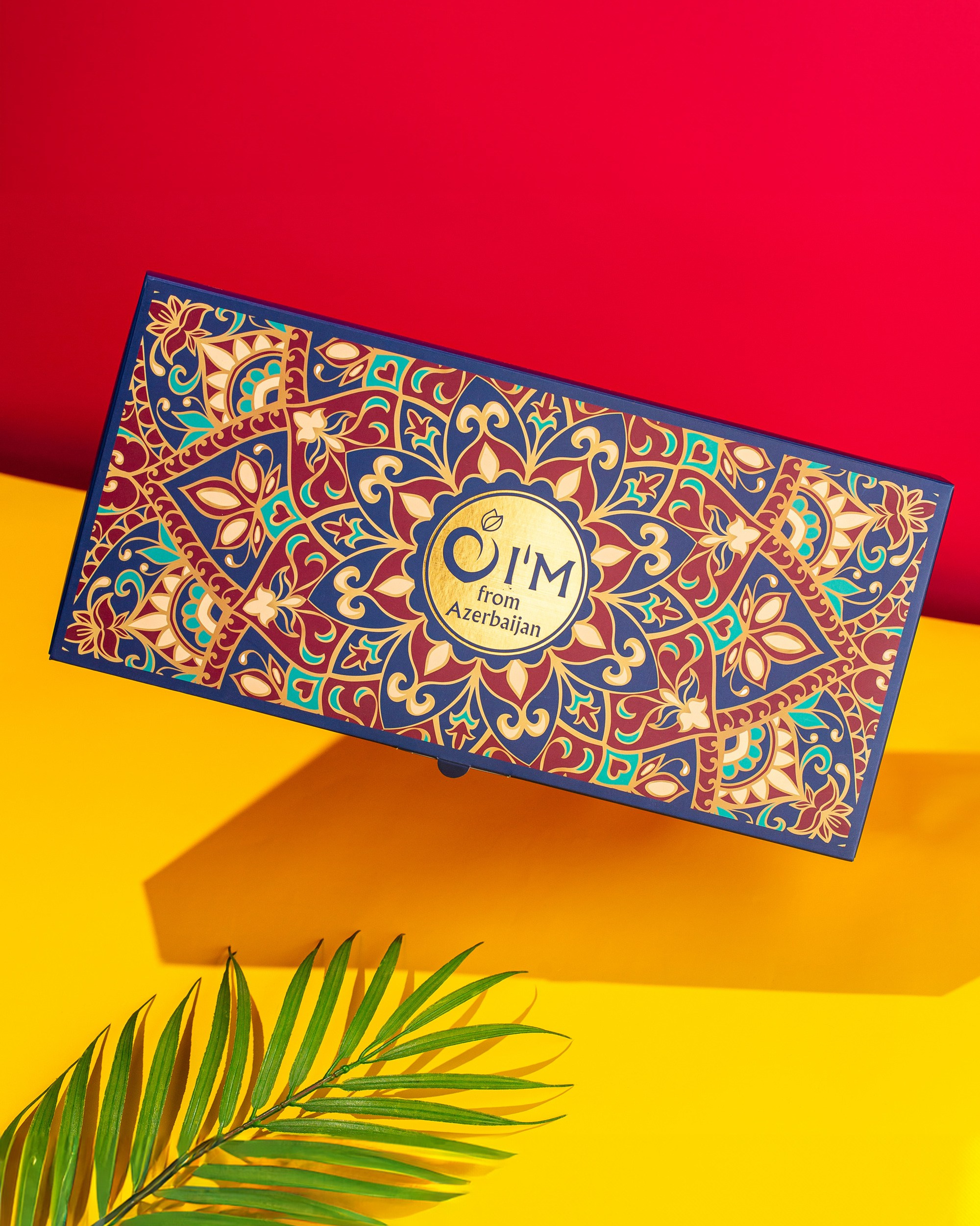
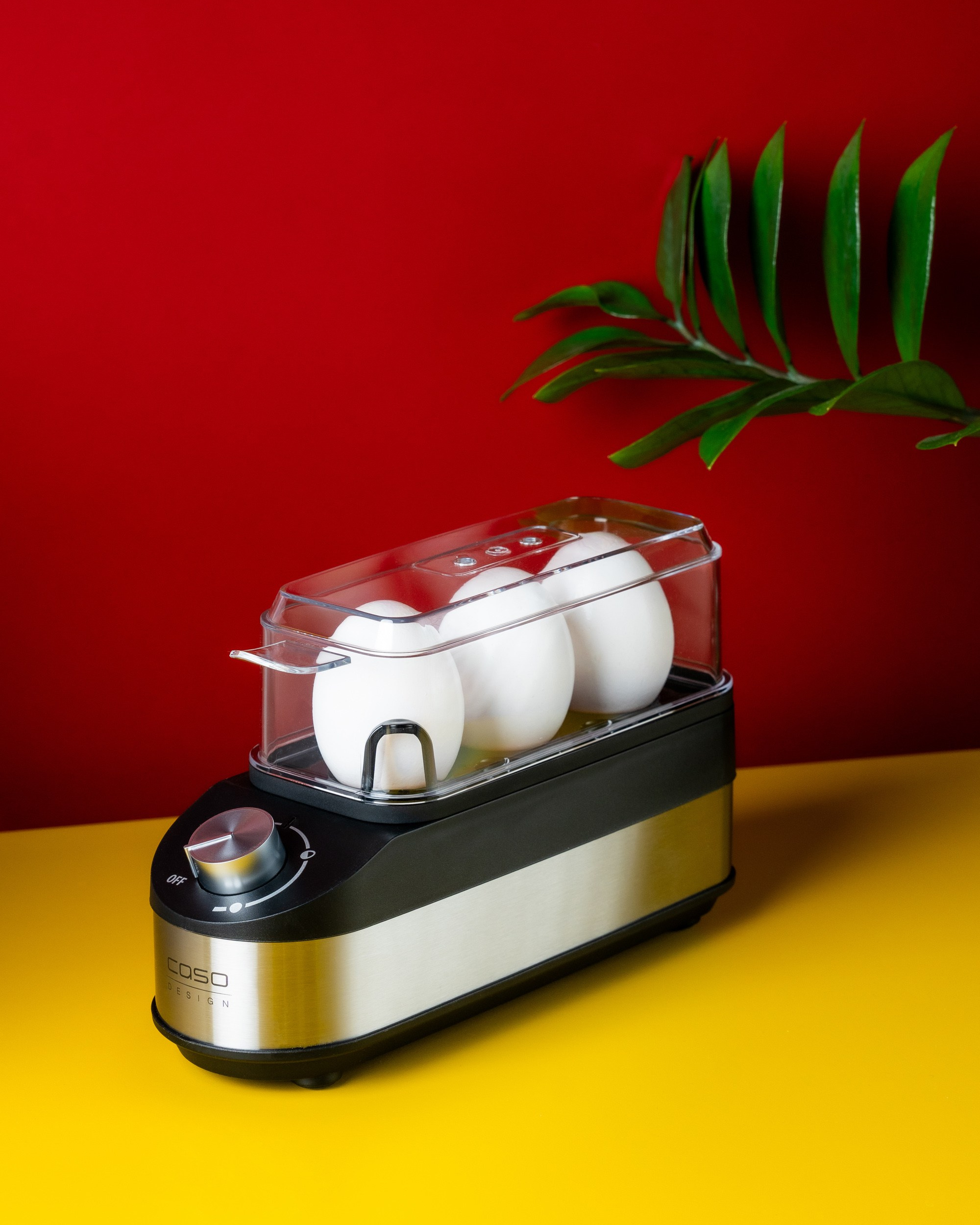
Final Word: What Should You Choose?
- If you’re selling strictly through marketplaces, go for white.
- If you’re building a brand image and customer connection, go with conceptual.
- The best approach? Use both. One product, two types of visuals — gives you flexibility across platforms.
Blog
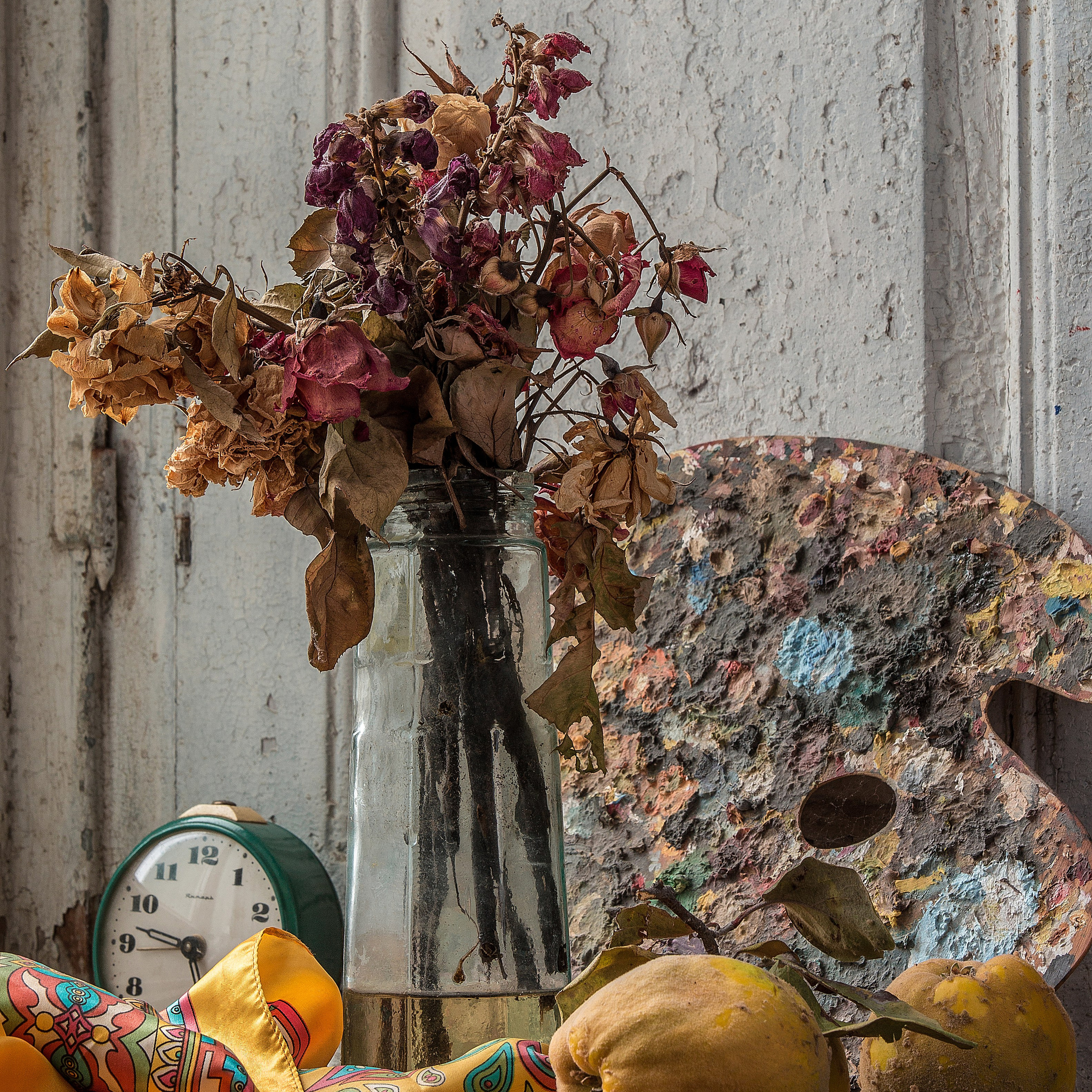
The History of the Still Life Genre

The Secret of Colors: What is the Itten Circle and Why is it Important in Photography?
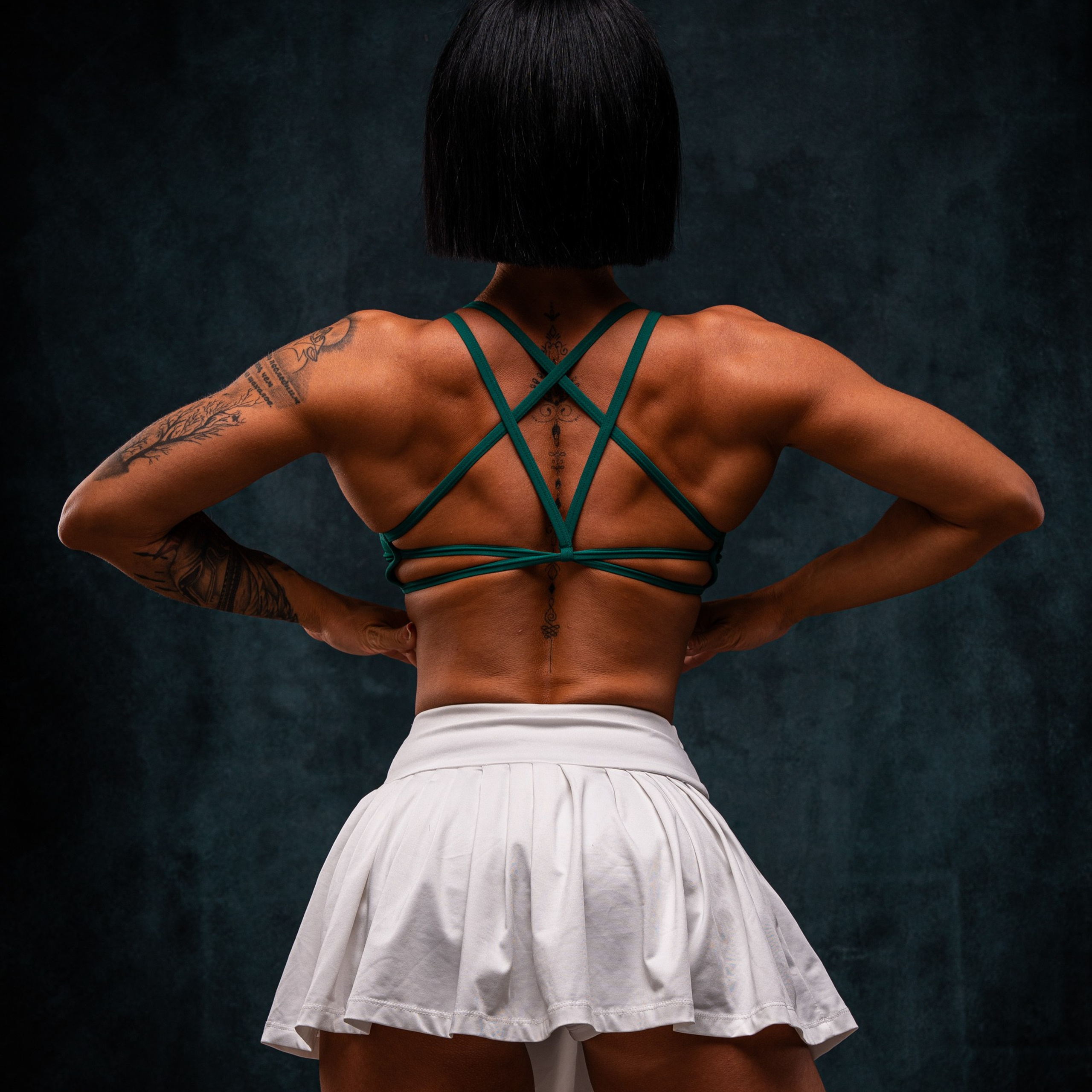
The Aesthetics of Power: Secrets to Professional Athlete Portrait Photography

Christmas & Winter-Themed Product Photography
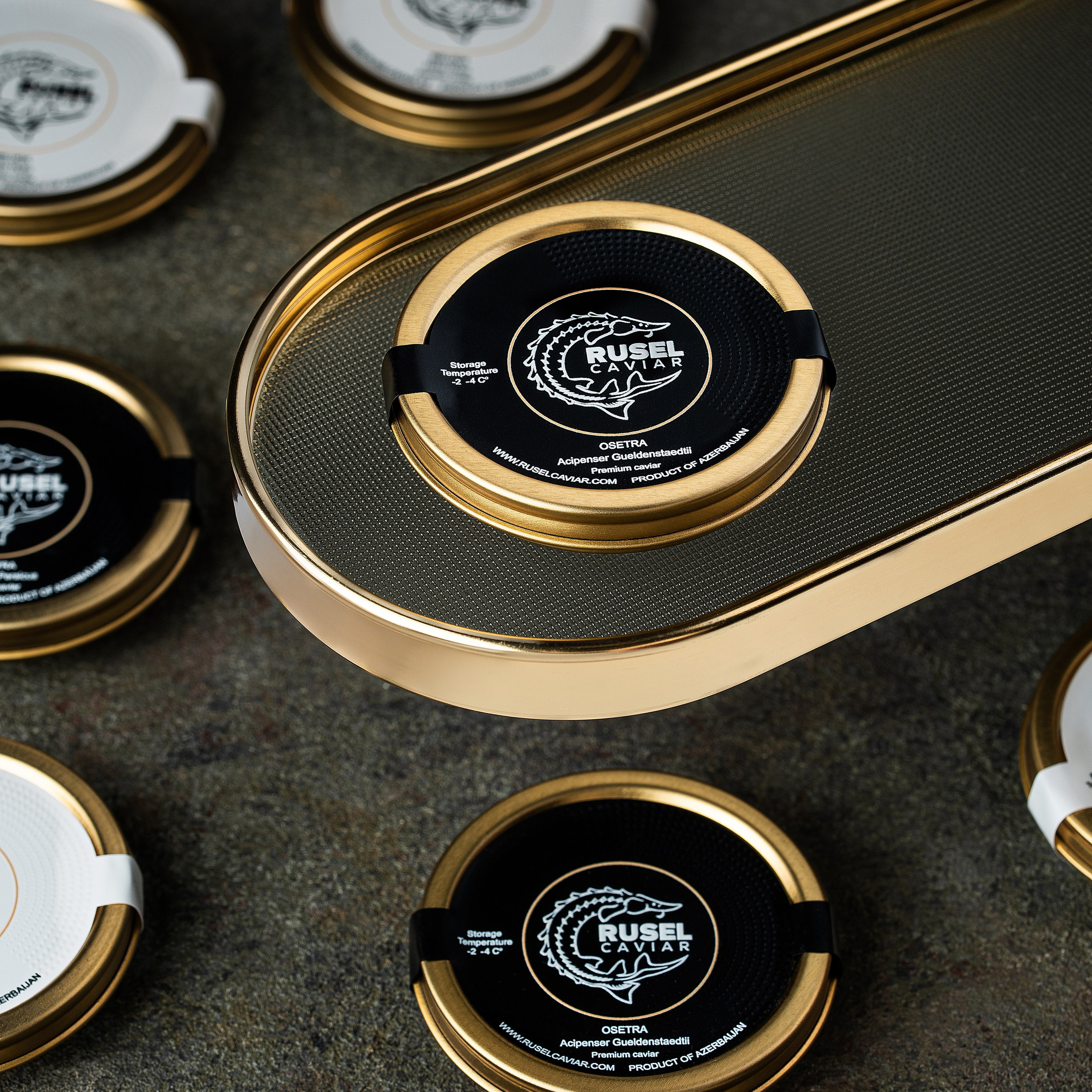
Visual Anatomy — #7: Rusel Caviar (Premium Caviar Product Photography)
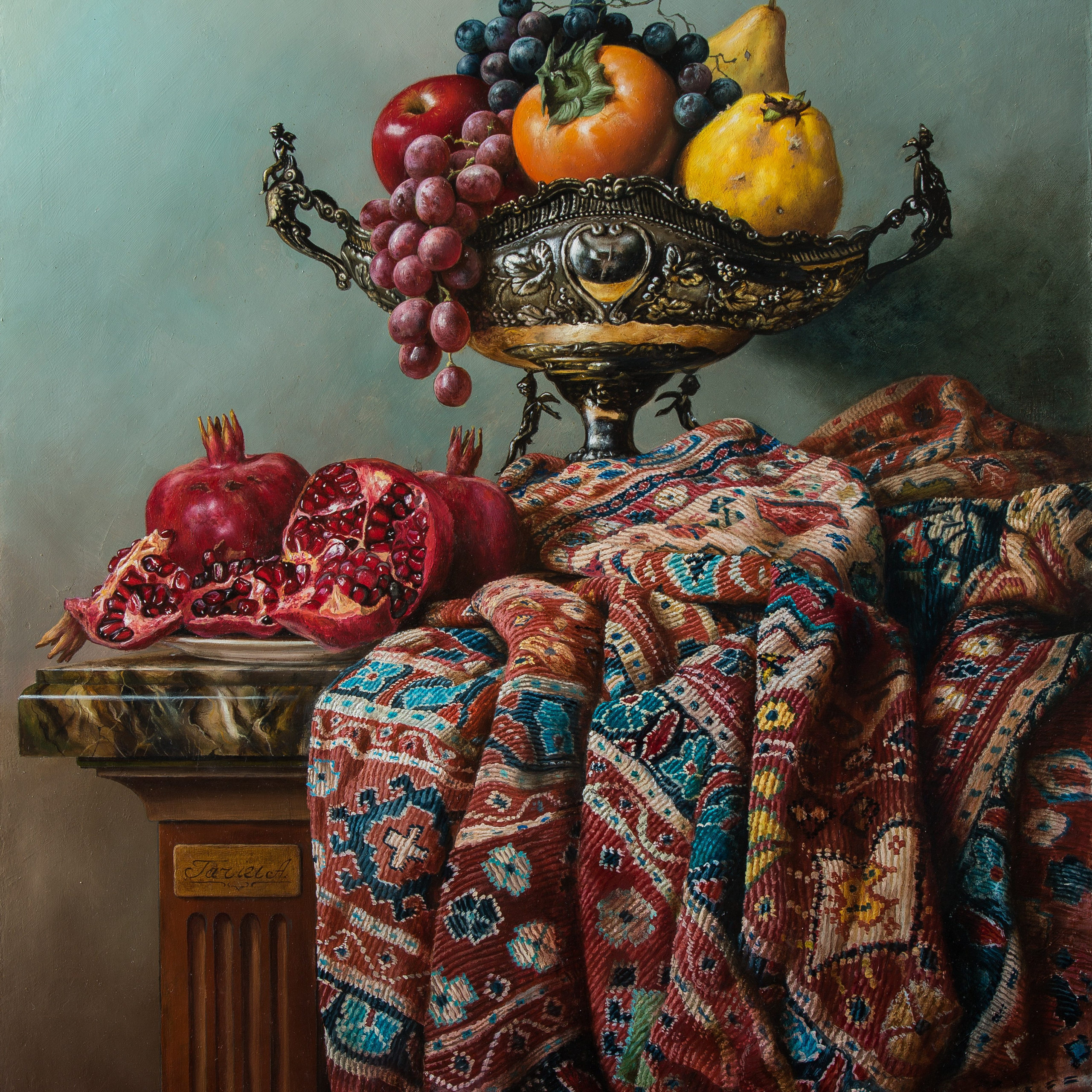
Art Reproduction Photography

The Anatomy of the Visual — #6: Jungar Hamster and Pumpkins — A Living Still Life
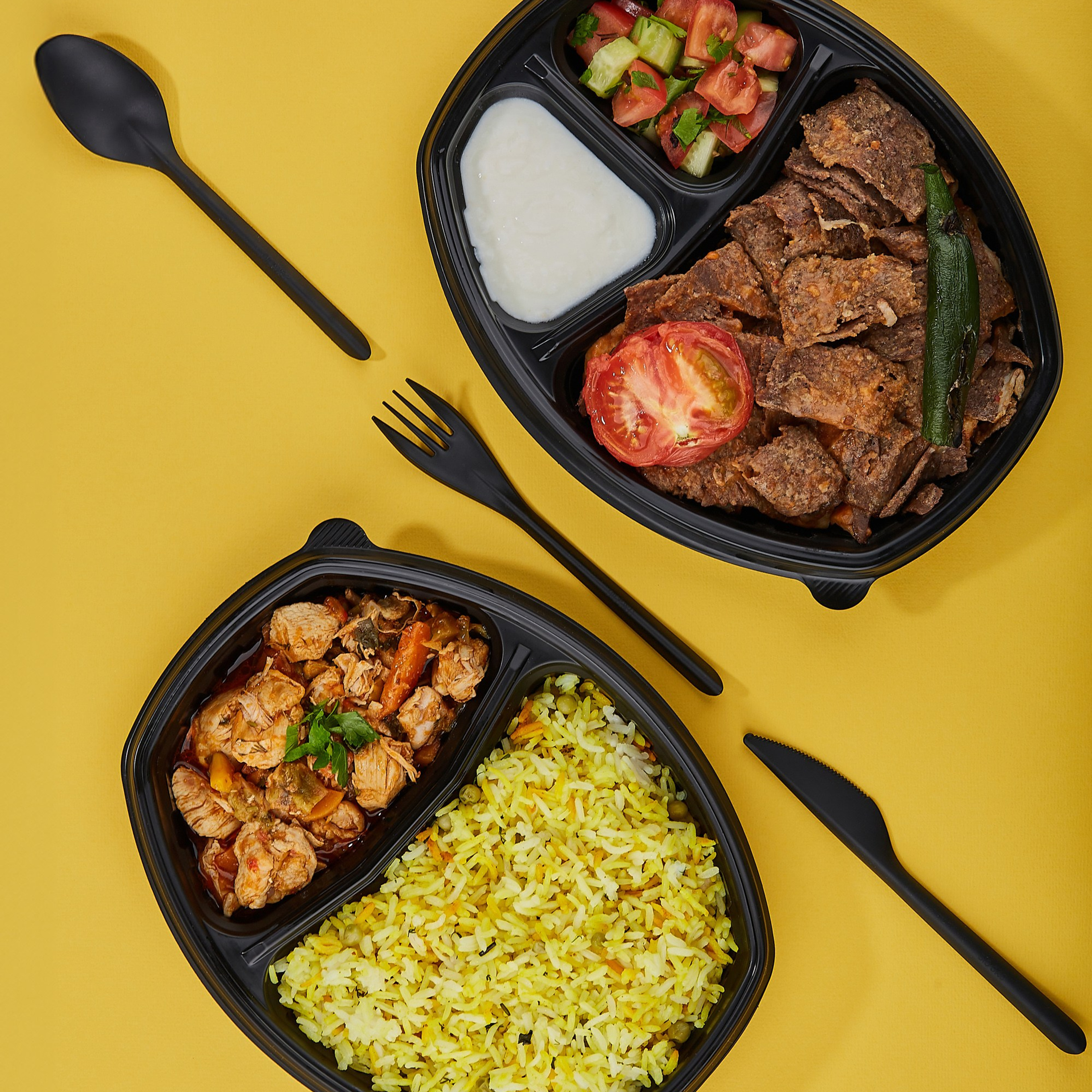
Disposable Food Packaging Photography








